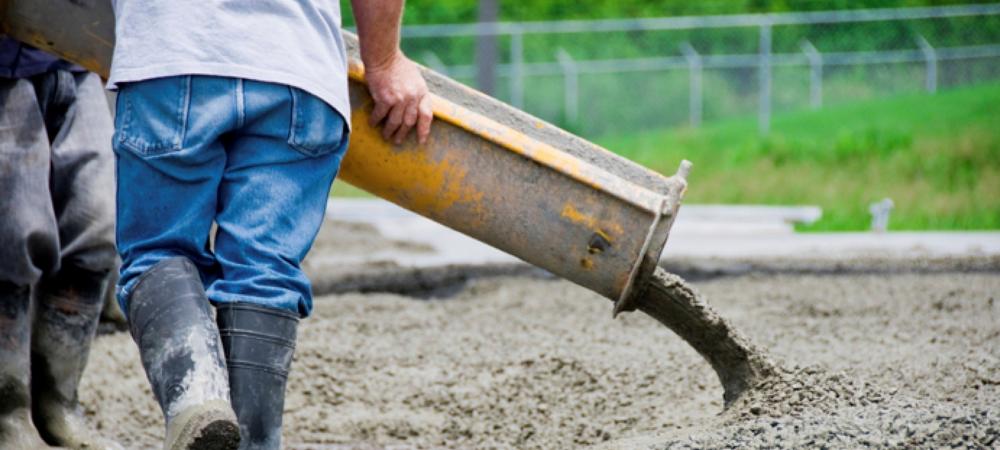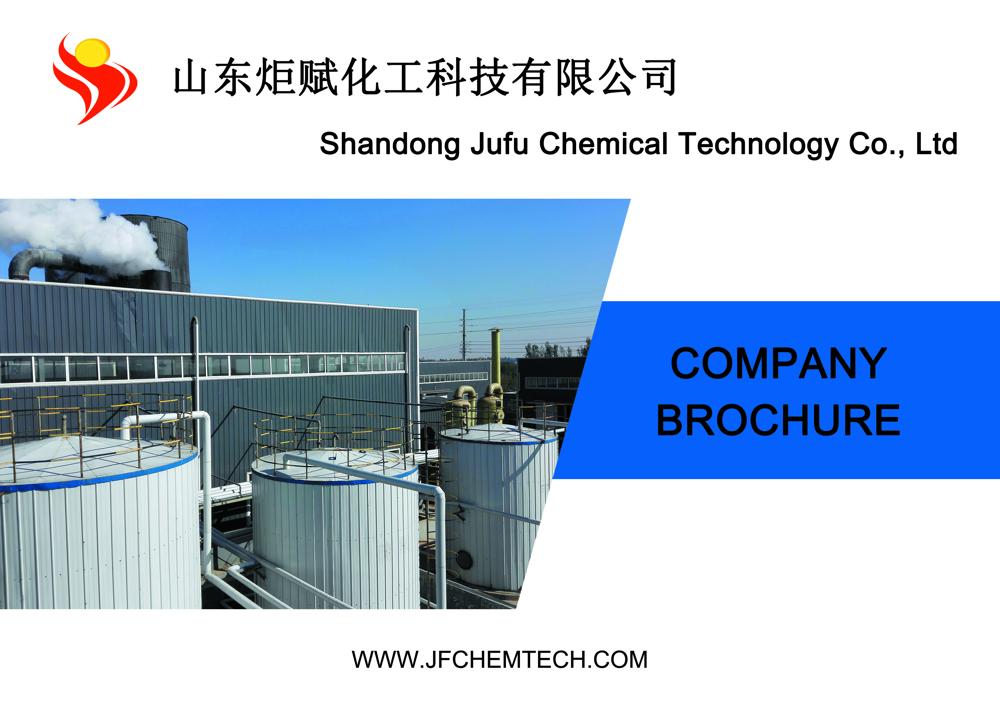Post Date: 7,Mar,2022
Over the past few years, the construction industry has experienced tremendous growth and development. This has necessitated the development of modern admixtures and additives. Additives and admixtures for concrete are chemical substances added to concrete to improve its physical and chemical properties. These components represent a wide array of products with varying chemical properties.
The main difference between admixtures and additives is the stages at which the substances are added to concrete or cement. Additives are added in the cement manufacturing process, while the addition of admixtures is done when making concrete mixtures.
What Are Additives?
Additives are added to cement during manufacturing to improve its properties. Typically, the raw materials involved in cement manufacture include alumina, lime, iron oxide, and silica. After mixing, the materials are heated to about 1500℃ to allow the cement to achieve its final chemical properties.

What Are Admixtures?
Admixtures for concrete can be of two types, organic and inorganic compounds. Multifunctional admixtures are those that modify more than one physical or chemical properties of the concrete mixture. There is a wide variety of admixtures available for modifying different aspects of concrete. Admixtures can be classified into:
Water Reducing Admixtures
These are compounds that function as plasticizers, which reduce the water content of a concrete mix by as much as 5% without changing its consistency. Water reducing admixtures are typically polycyclic derivatives or phosphates. When added, these admixtures increase the compressive strength of a concrete mix by making it more plastic. This kind of admixture is commonly used with floor and road concrete.
High Range Water Reducers
These are superplasticizers, mostly polymer concrete admixtures that reduce water content by as much as 40%. With these admixtures, the porosity of the mixture is decreased, therefore improving its strength and durability. These admixtures are usually utilized for self-compacting and sprayed concrete.
Accelerating Admixtures
Concrete usually takes time to change from plastic to a hardened state. Polyethylene glycols, chlorides, nitrates, and metal fluorides are usually used to make these kinds of admixtures. These substances can be added to a concrete mix to shorten the time it takes to bond and set.
Air-Entraining Admixtures
These admixtures are used to make air-entrained concrete mixtures. They enable the incorporation of air bubbles into the concrete mixture hence improving properties such as durability and strength by altering the freeze-thaw of the cement.
Retarding Admixtures
Unlike accelerating admixtures that shorten bonding and setting, retarding admixtures increase the time concrete takes to set. Such admixtures do not change the water-cement ratio but use metal oxides and sugars to physically hinder the binding process.
Concrete additives and admixtures are currently the best performing product category of construction chemicals. At Jufu Chemtech, we work with local and multinational admixture companies to ensure that our clients get the best products for their construction activities. Visit our website to view and purchase the most effective and trusted concrete additives and concrete admixtures globally.(https://www.jufuchemtech.com/)
Post time: Mar-07-2022









